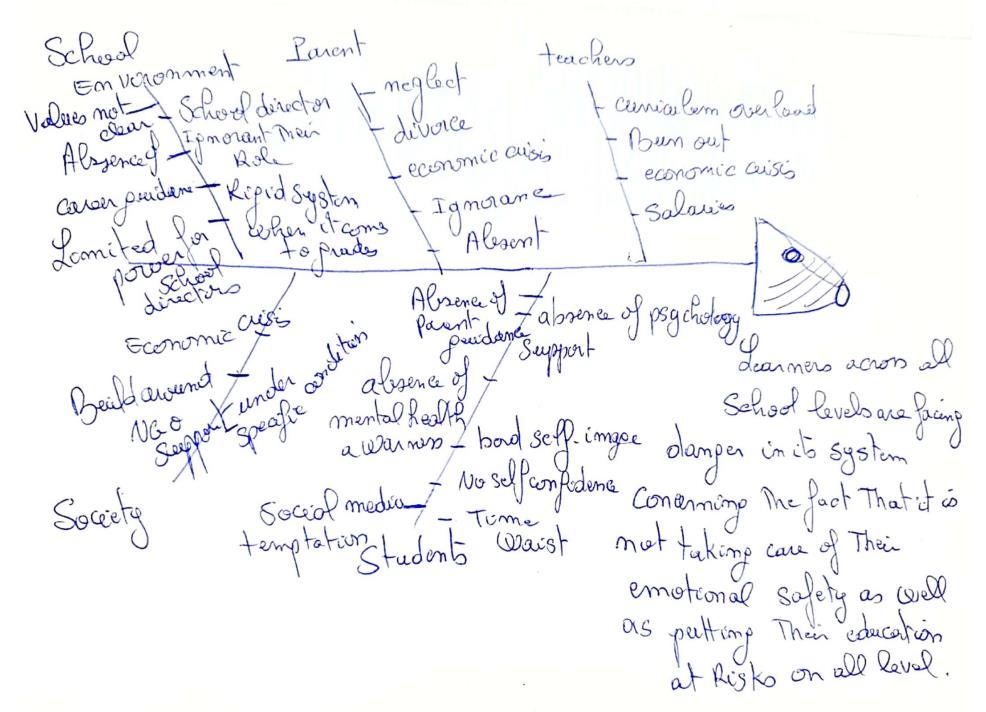Guest blog by Tania Tannous, IPP ’23
As a school psychologist, responsible of child protection, my love language is to take care of students in the school environment. I used to work on two referral axes, the first one being able to spread awareness about some emotional social and cultural subjects and the second one being able to work on the individual follow up level for the students.
My organization, the Lebanese Ministry of Education, norms are about supporting the students’ education, mental health, and safety in the school environment.
In this context, what I appreciated the most in this course is the opportunity of learning that enriched my knowledge with techniques in order to implement the social emotional learning in the Lebanese curriculum and to involve it in all the public and private schools which is a futuristic vision for the student’s wellbeing.
My vision is clearer while learning in the PDIA about the 4 Ps (Perspective, Projection, Process, People) since I found that working with people while understanding where they stand will lead me far than expected.
While drawing the fishbone diagram, the head is related to my complex problem which pinpoints that learners at all school levels are showing increased symptoms of distress, anxiety, violence, lack of motivation, learning loss, and drop out. In order to solve the problem, the fishbone diagram helped me to uncover the causes and the sub-causes and my starting points.
Knowing that the Ministry of Education has a different level of managerial hierarchy, it was challenging on the level of the authorization and the delegation of authorization where the leader can’t be easily identified and each progress is taken into small consistent steps in the authorization cycles.
Our team focused on the same target to implement the SEL policy but each one of us were trying to solve the problem from their own perspective which creates resistance from one meeting to another. At the end, we reached a common ground where we broke down our main goal into smaller but easier achieved goals.
The PDIA program is student driven and is going to change is your mindset since it takes you to a place where you appreciate failure in order to succeed, where you know the worth and value of time, and where you appreciate preservation and celebrate the achievement of small goals. Each step toward your big goal is a new hope to hold on.
I would sum my experience from PDIA specifically about the idea of being self-reflective as a skill while sharing the note of Confucius who said: “A seed grows with no sound, but a tree falls with a huge sound. destruction has noise but creation is silent. This is the power of silence. Grow silently and think about Implementing a public policy as an art of creation and creativity.
Note: That I am going to share with you the fruit of my own experience, my fishbone diagram in the following:

This is a blog series written by the alumni of the Implementing Public Policy Executive Education Program at the Harvard Kennedy School. 47 Participants successfully completed this 7-month hybrid program in December 2023. These are their learning journey stories.
